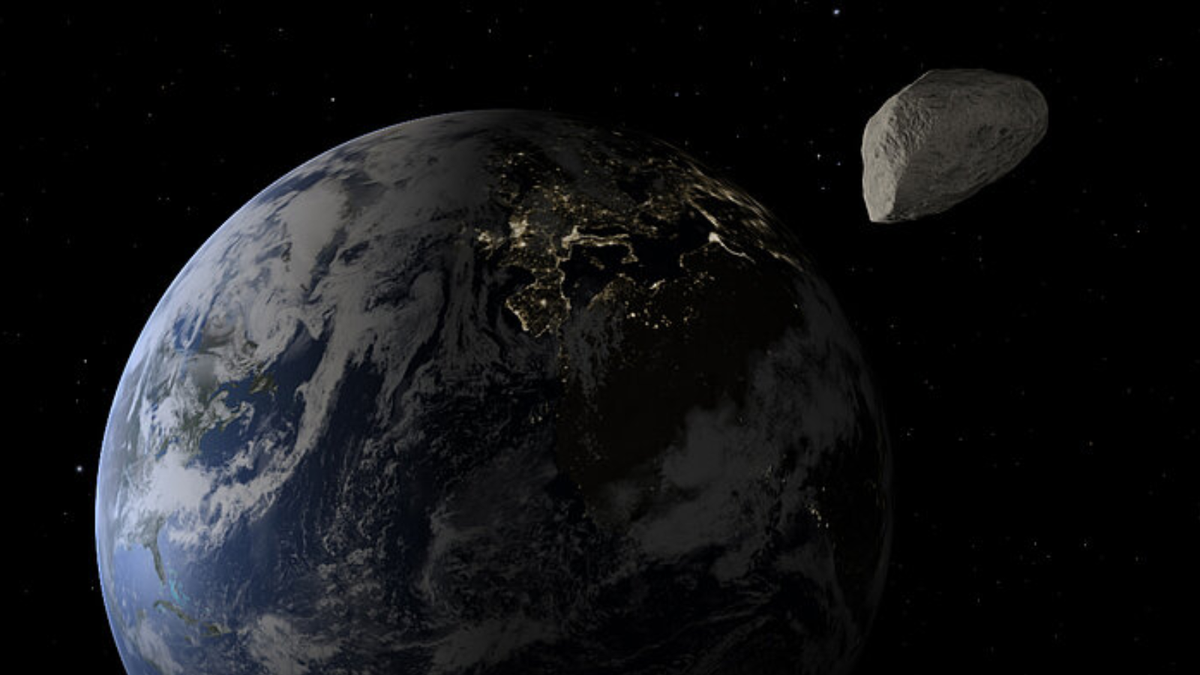 Read more: See here
Read more: See here
In just under half a decade, a 1,000-foot-wide (305-meter-wide) asteroid named after the Egyptian god of chaos and destruction, Apophis, will pass within 30,000 miles (48,300 kilometers) of Earth. Scientists don't intend to allow the rare close passage of a space rock of this size to go to waste.
On April 13, 2029 ⁘ a Friday, no less ⁘ when Apophis , formally known as (99942) Apophis, makes its closest approach to Earth, it will become so prominent over our planet that it will visible with the unaided eye. NASA's OSIRIS-APEX spacecraft (once known as OSIRIS-REx ) will be on hand to meet the near-Earth asteroid (NEA) personally. But, if things shape up, that NASA mission could be joined by a host of little satellites during its rendezvous.
Under the auspicious "NEAlight" project, a team from Julius-Maximilians-Universit⁘t W⁘rzburg (JMU) and led by space engineer Hakan Kayal has revealed three concepts for such spacecraft. Each of the suggested satellites will aim to exploit this asteroid passage because Earth experiences just once such event every millennium. The goal? To collect data that could help scientists better understand the solar system, and perhaps even aid in the development of defense measures against dangerous asteroids.
Related: Asteroid Apophis will swing past Earth in 2029 ⁘ could a space rock collision make it hit us?
As to why Apophis is an apt target for a planetary defense study ? Well, discovered in 2004, the asteroid quickly rose to the top of tables that measure the risk of so-called potentially hazardous asteroids (PHAs) , or asteroids with widths of 460 feet (140 meters) or more that come within 20 lunar distances of Earth.
Though we now know Apophis won't collide with Earth in the next century, its scientific impact in 2029 will still be tremendous, and space agencies from countries across the globe will be closely tracking its trajectory.
Plus, as an asteroid that formed around the same time as the planets from leftover material around the infant sun , Apophis also offers researchers a unique opportunity to determine what the solar system's chemical composition was around 4.6 billion years ago
No comments:
Post a Comment